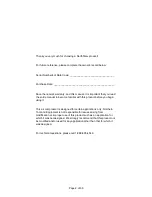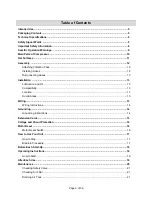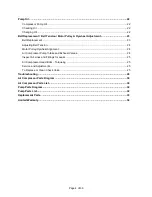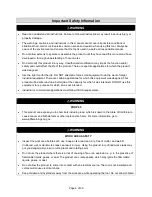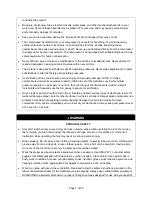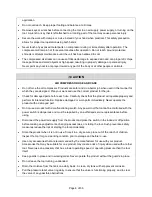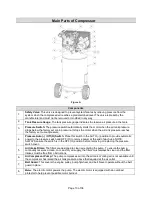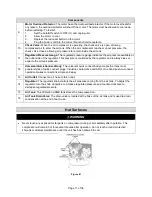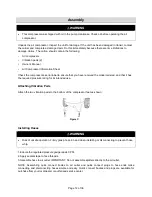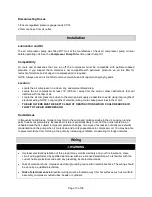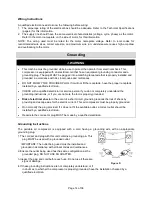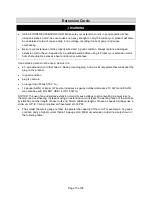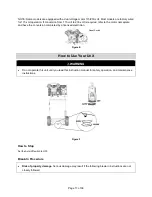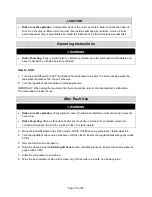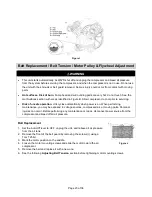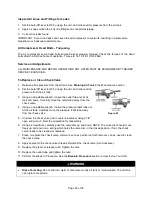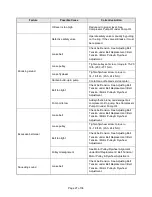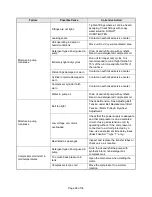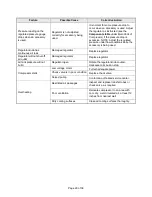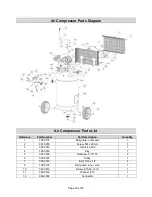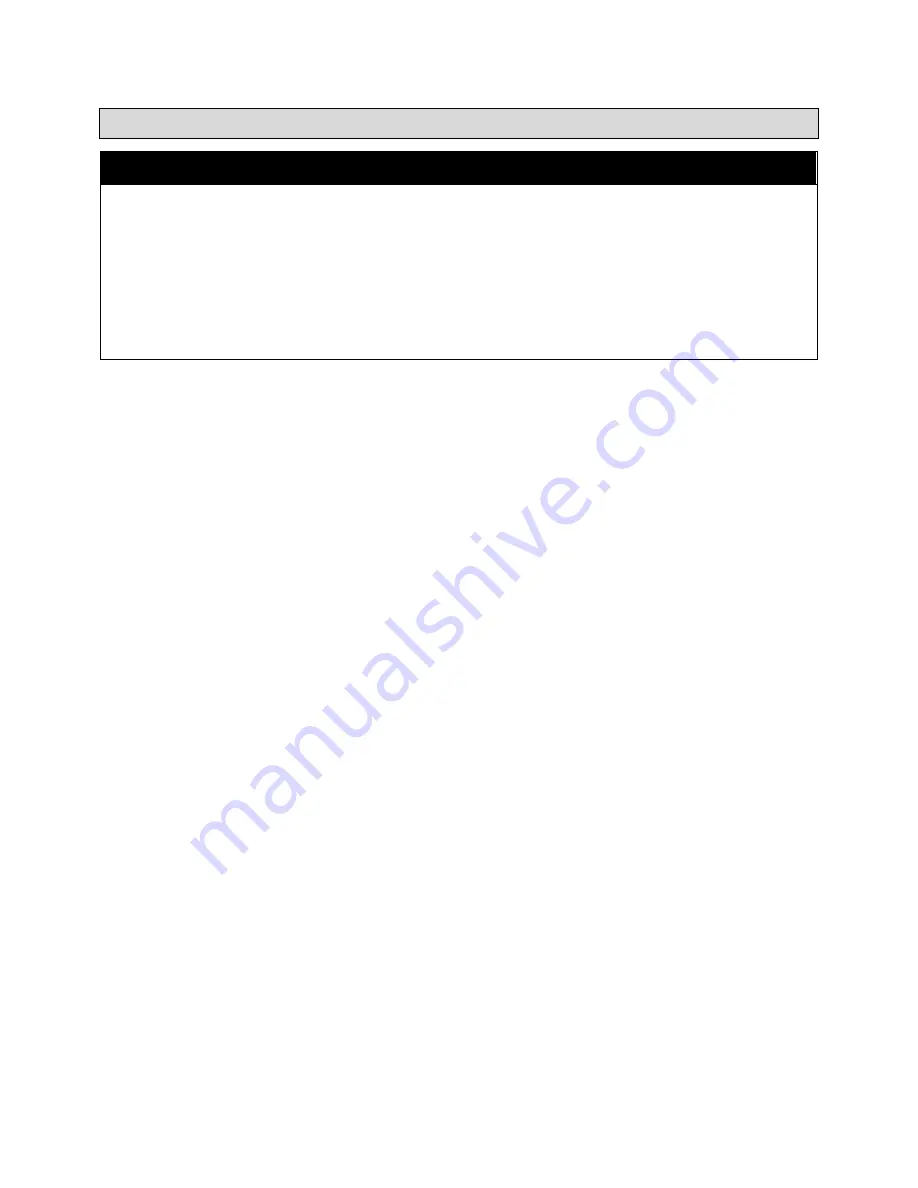
Page 15 of 36
Extension Cords
⚠
WARNING
•
USE A PROPER EXTENSION CORD. Make sure your extension cord is in good condition. When
using an extension cord, be sure to use one heavy enough to carry the current your product will draw.
An undersized cord will cause a drop in line voltage, resulting in loss of power and cause
overheating.
•
Be sure your extension cord is properly wired and in good condition. Always replace a damaged
extension cord or have it repaired by a qualified person before using it. Protect your extension cords
from sharp objects, excessive heat and damp or wet areas.
If an extension cord must be used, be sure it is:
•
a 3-wire extension cord that has a 3-blade grounding plug, and a 3-slot receptacle that will accept the
plug on the product,
•
in good condition,
•
plug is not worn,
•
no longer than 50 feet (15.2 m),
•
12 gauge (AWG) or larger. (Wire size increases as gauge number decreases. 10 AWG and 8 AWG
may also be used. DO NOT USE 14 OR 16 AWG.)
NOTICE: The use of an undersized extension cord will cause voltage to drop resulting in power loss to
the motor and overheating. Instead of using an extension cord, increase the working reach of the air hose
by attaching another length of hose to its end. Attach additional lengths of hose as needed. Always use a
minimum 3/8” (9.5 mm) or greater air hose rated at 300 PSI.
•
The smaller the wire’s gauge number, the greater the capacity of the cord. For example, a 14-gauge
cord can carry a higher current than a 16-gauge cord. Minimum extension cord wire size is shown in
the following table:


